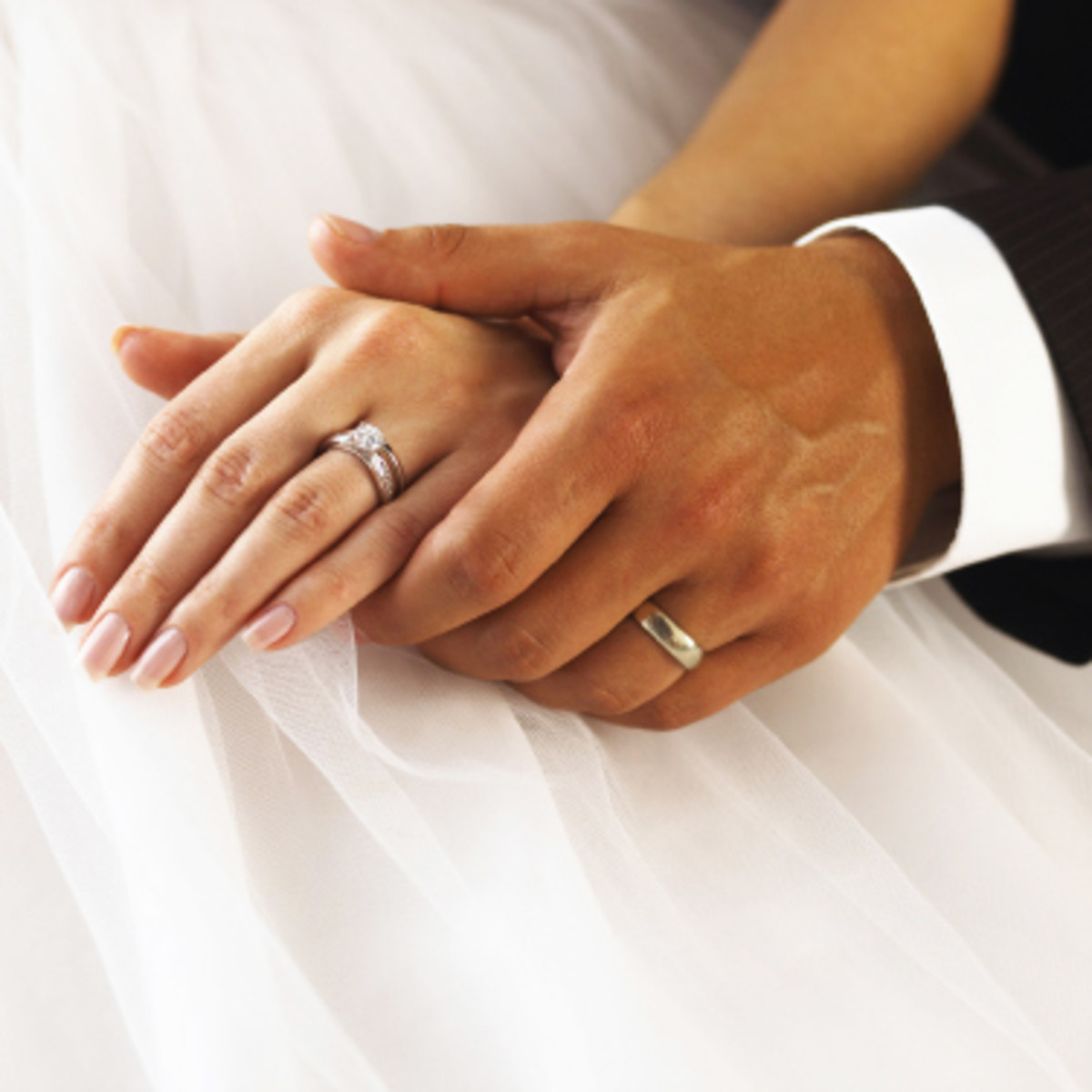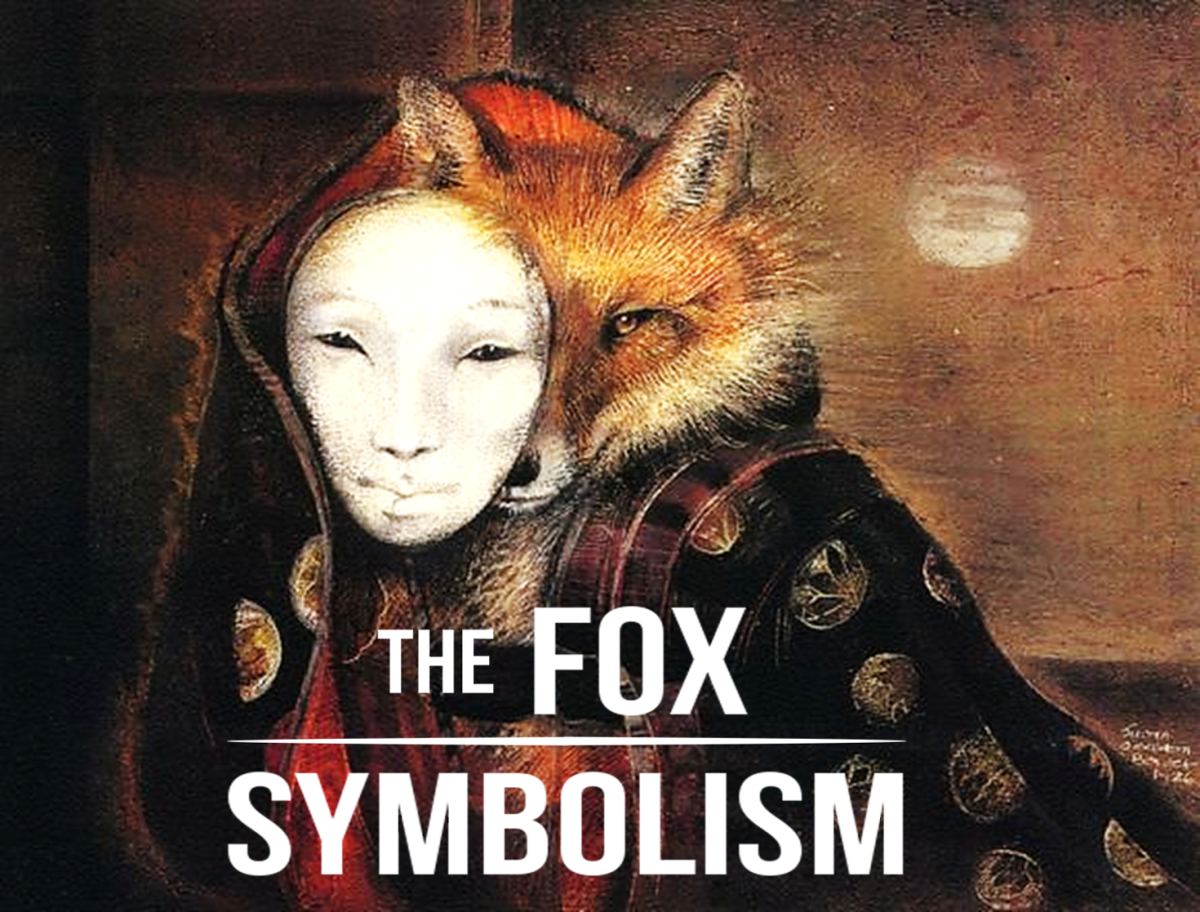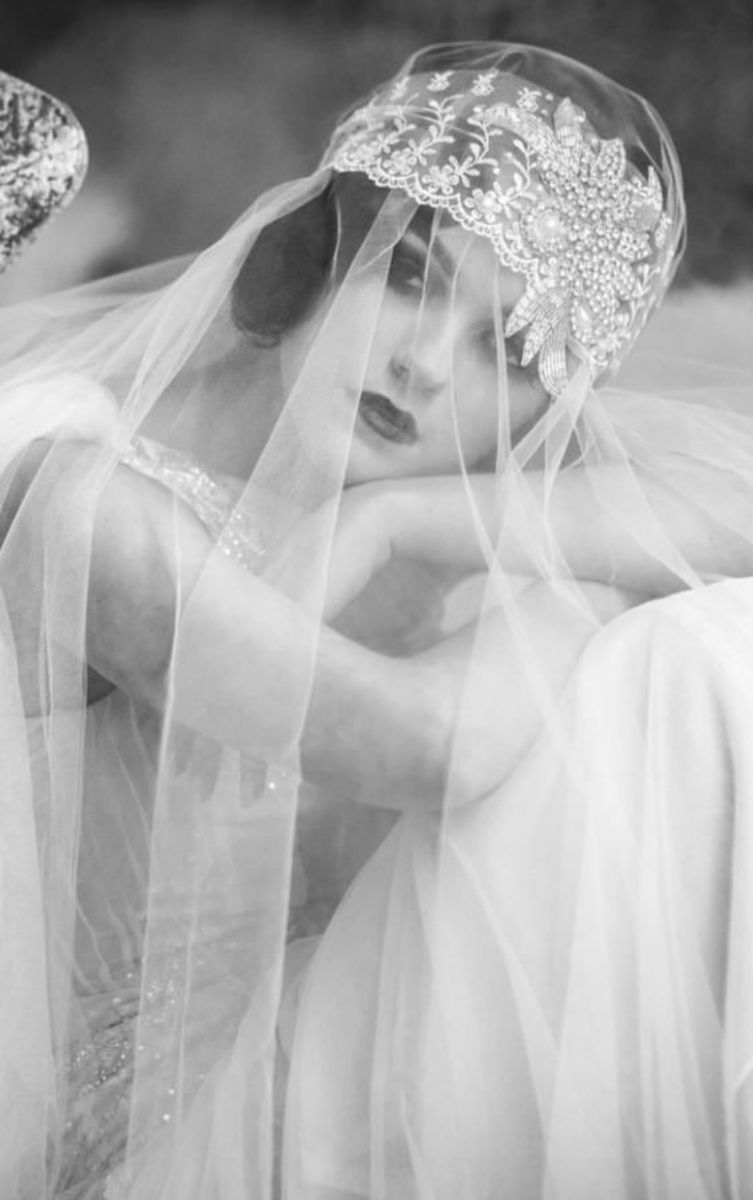Wedding Ring Traditions in Different Cultures
Wedding ring customs have existed throughout history and can be reliably traced back to ancient roman times where both iron and gold rings were used in engagement and marriage. Today, wedding rings are common place throughout western culture and are typically unadorned gold rings that are worn on the ring finger of the left hand. Both men and women in a marriage typically wear wedding rings, but it’s not the same for every culture.
Exploring wedding ring customs in different cultures can bring new respect and appreciation for something that has become so common in modern society.
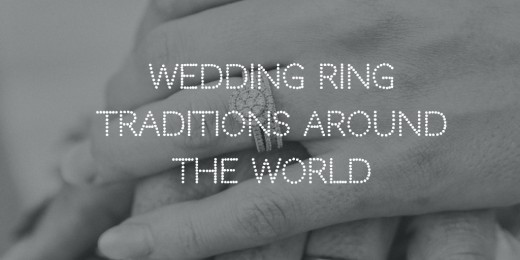
Wedding Rings in Asia Before Modern Times
Today, marriages are based on mutual love and appreciation and are voluntary for both brides and grooms. In many cultures, this wasn’t always the case. Early wedding rings in parts of Asia signified a legal contract rather than a loving union. In parts of Western Asia, which is commonly known as the Middle East, a special puzzle ring was used to signify and prove marriage. This type of ring would fall apart if removal was attempted, signifying that the bride had attempted to break the bond of marriage.
By the 1900s attitudes towards marriage throughout Asia changed significantly, and in the mid-1900s the most popular type of wedding ring was made of gold and sometimes incorporated a gemstone.
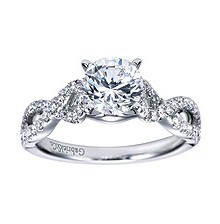
Wearing Wedding Rings on the Left Hand
In countries like the United States, Iran, Mexico, the United Kingdom, Australia, New Zealand, and most parts of Europe, the left-hand ring finger is the traditional place for a wedding ring. However, in Northern Europe, such as in Scandinavian countries like Norway and Denmark, wedding rings are more commonly worn on the right hand. A similar custom exists in Poland, Russia, and even Bulgaria. Other countries in Europe like Portugal and Spain also wear marriage rings on the right hand. As is evident, there’s no single rule anywhere in the world, and the biggest influence on where the ring is worn is down to tradition.
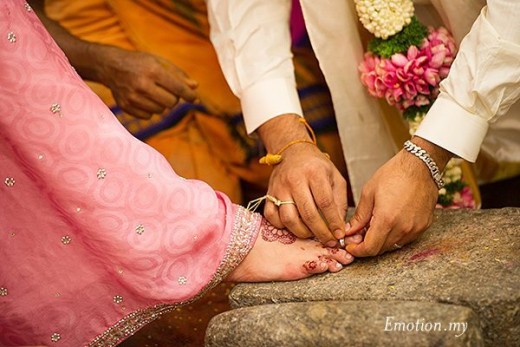
Wedding Rings in Hinduism
In parts of India, Hindu people have a unique tradition where engagement and wedding rings are not worn on the hands, but instead on the toes. Toe rings in India are worn in pairs and are most commonly made from sterling silver. The rings are worn on both feet and are placed there by the husband during a marriage ceremony. Although silver is the traditional metal, there are increasing numbers of Hindu couples who now use gold instead. Gold is highly valued in India and is seen of as an investment as well as a cosmetic piece of jewelry.
Another one of the interesting wedding ring customs in India is that some men also wear toe rings. In Tamil culture, the men have traditionally worn rings to indicate their marital status. These rings are traditionally plain in nature to aid in comfort and practicality. Influences of toe rings can be found in the United States, but are not used for the purpose of marriage or engagement. Toe rings became popular in the 1970s when an entrepreneurial traveler returned from India. The rings were heavily commercialized and are still available to this day in department stores, where they are made from materials like silver and gold, and can even be adorned with semi-precious gemstones or even diamonds.
Wedding Ring Customs Regarding Purity of Gold
Gold is the most common metal used in the manufacture of wedding rings, but the purity of the gold can vary from country to country. In South Asian cultures and far east cultures, it is common to use wedding rings that are 18 karat gold minimum, and up to 22 karats in some cases. The higher the purity, the more valuable the metal is. However, higher purity means a softer ring that could be at risk of being damaged.
For cultures where displaying wealth is more important the practicality, higher karat gold is preferred. In countries like the United States, the United Kingdom, and other countries influenced by western culture, 14 karat gold is the average. In some cases, the gold may be as low as 9 karats, particularly in Germany. Lower purity means that the gold has been alloyed with another harder metal, which will help it to last longer and retain its shape.
Celtic Rings Used in Ireland
Ireland is perhaps the home to one of the most interesting wedding ring customs of all. Whereas most countries favor plain gold bands or bands that have a single stone embellishment, Celtic tradition calls for a heavily sculpted ring known as the Claddagh. This is a design which features two hands holding a heart, which is often further embellished with a crown on top. Some Celtic wedding bands also incorporate a traditional Celtic knot design around the band. These traditional rings are not just unique for their cosmetic purposes, but also for the way that they are worn.
A Claddagh ring indicates relationship status. When one is worn on the right hand with the heart pointed away from the body, it indicates that the wearer is single. When the ring is worn on the right hand but with the heart facing towards the body, it means that the wearer is in a committed relationship. On the left hand, the heart will face away from the body during an engagement, and it will then be turned towards the body to indicate marriage.
Varied Wedding Ring Customs Around the World
In different countries, and even in the same countries with different ethnic groups, there are unique traditions for wedding and engagement rings. Perhaps more important than any custom is how the bride and groom feel about how and where they will wear their rings, and it will be interesting to see how wedding ring traditions continue to evolve and develop in the future.

